ARTICLE AD BOX
Donald Trump has long spoken of using military force to suppress protesters demonstrating against his policies and presidency. This week, Los Angeles gave him the chance.
After some protests against federal immigration sweeps grew chaotic, Trump overrode the wishes of California Governor Gavin Newsom and activated the state's National Guard – a move former military leaders told the BBC was an escalation of Trump's previous pledges to use troops to quash protests and set a new precedent.
Combined with Trump's penchant for military optics – he has planned a military parade in Washington, DC on Saturday to mark the Army's 250th anniversary – the president's intervention in Los Angeles has raised fears that he is "politicizing the military," said Major General Randy Manner, US Army Retired.
"He escalated immediately for reasons that are only political reasons. They are not reasons that are justifiable," said General Manner, who served as the acting vice chief of the National Guard Bureau.
But the Trump administration maintains it took over California's National Guard to restore order, and protect Immigration and Customs Enforcement (ICE) officers as they conducted sweeps for undocumented immigrants in Los Angeles.
ICE "has the right to safely conduct operations in any state, in any jurisdiction in the country", Secretary of Defence Pete Hegseth said at a congressional hearing on Tuesday.
Trump also posted that Newsom "was unable to provide protection in a timely manner" for ICE officers.
"If our troops didn't go into Los Angeles, it would be burning to the ground right now," he wrote on TruthSocial on Wednesday.
But Newsom - a Democrat and outspoken critic of Trump - maintained that the state could handle protesters on its own. He called Trump's intervention a "brazen abuse of power" that inflamed a "combustible situation."
The protests have continued for nearly a week and Los Angeles police have made hundreds of arrests, mainly for failure to disperse, but also for breaking curfew around downtown Los Angeles, posession of a firearm and assaulting a police officer.
Trump's decision to wrest control of the Guard from Newsom goes beyond past tough stances on protests, particularly in states led by Democrats.
After the death of George Floyd in 2020 sparked nationwide demonstrations for police reform and racial justice, Trump called for a militarized response.
Trump had criticised his death, which occurred in police custody in Minneapolis, Minnesota. But as protests broke out and some devolved into looting, Trump later called for Democratic governors to get "much tougher", warning "the Federal Government will step in and do what has to be done, and that includes using the unlimited power of our Military and many arrests."
When protesters marched in Washington, DC, Trump tweeted that they would "have been greeted with the most vicious dogs, and most ominous weapons, I have ever seen" if they had breached the White House.
During the DC protests, National Guard helicopters flew low over crowds to disperse them. A subsequent investigation by the US Army concluded the incident was a misuse of military medical aircraft, the Washington Post reported.
"What we're seeing in Los Angeles is a perfect storm," said John Acevedo, an associate dean at Emory Law School who studies free speech and protests in the US. "There are protesters, they are violent. A perfect setup situation for President Trump, where he can use his goal of using troops against protesters."
The president does have the power to federalise National Guard troops, and will do so when they are needed overseas or states request additional assistance. But under normal domestic circumstances, the request for their assistance starts at the local level. The governor then can activate the state's Guard, or ask the president for federal assistance.
US presidents have not taken control of a state's National Guard against a governor's wishes since the Civil Rights era, when President Dwight Eisenhower intervened to aid school integration in Arkansas, and President Lyndon B Johnson later called on Alabama's troops to protect demonstrators.
"We have, over the decades, developed statutes and regulations and protocols that govern how we handle civil disturbances for very solid reasons," said Major General (Ret.) William Enyart, a former congressman who also led the Illinois National Guard from 2007 to 2011.
Trump chose to "ignore all that hard-earned experience," General Enyart said.
He saw the president's actions in Los Angeles as "political theatre" and referenced a small number of protesters who burned Waymo self-driving cars over the weekend.
"Trump is the master of reality television. He understands this is great TV. What is more exciting than seeing a couple self-driving cars burning in the street?" said General Enyart.

 20 hours ago
3
20 hours ago
3

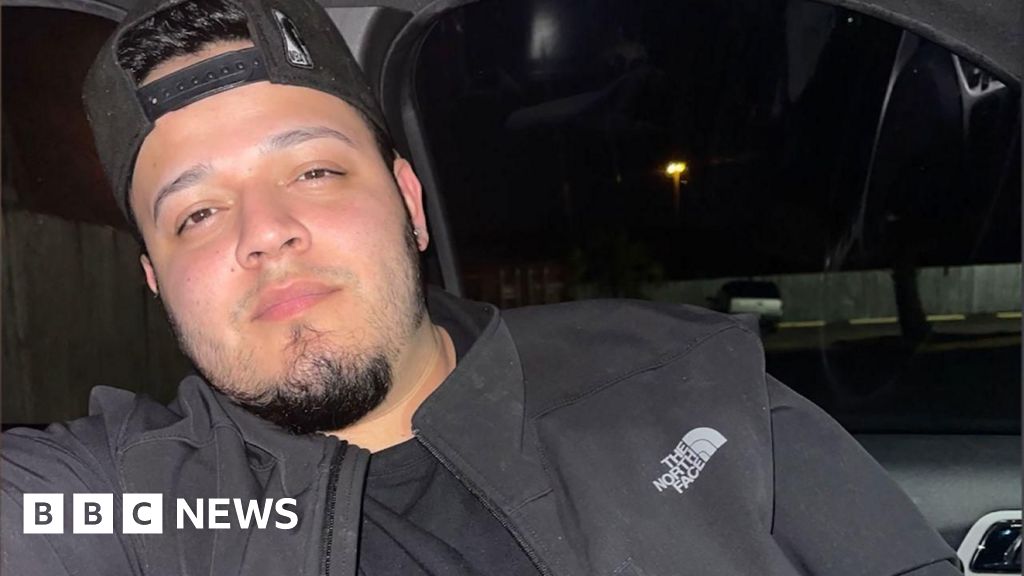
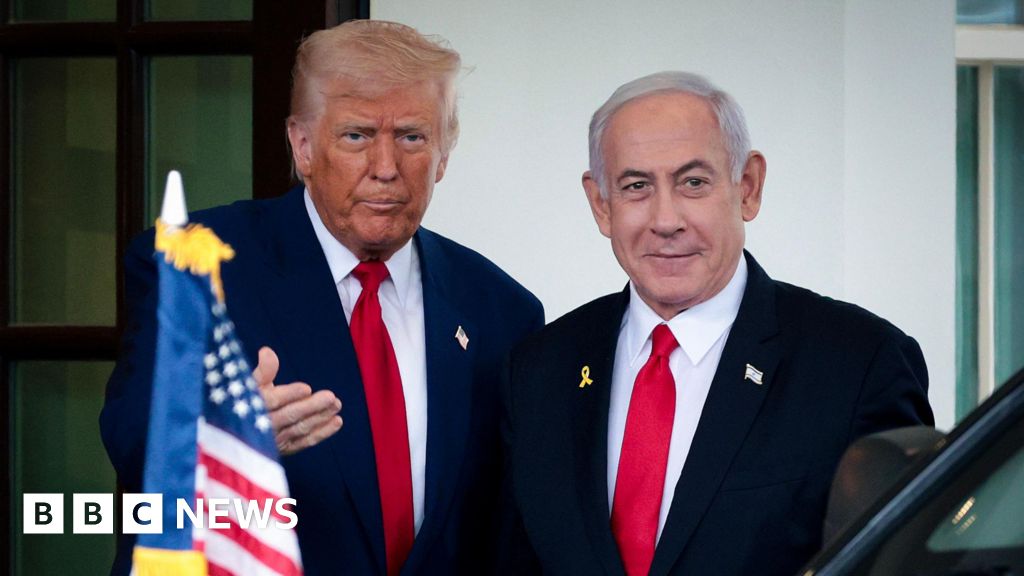
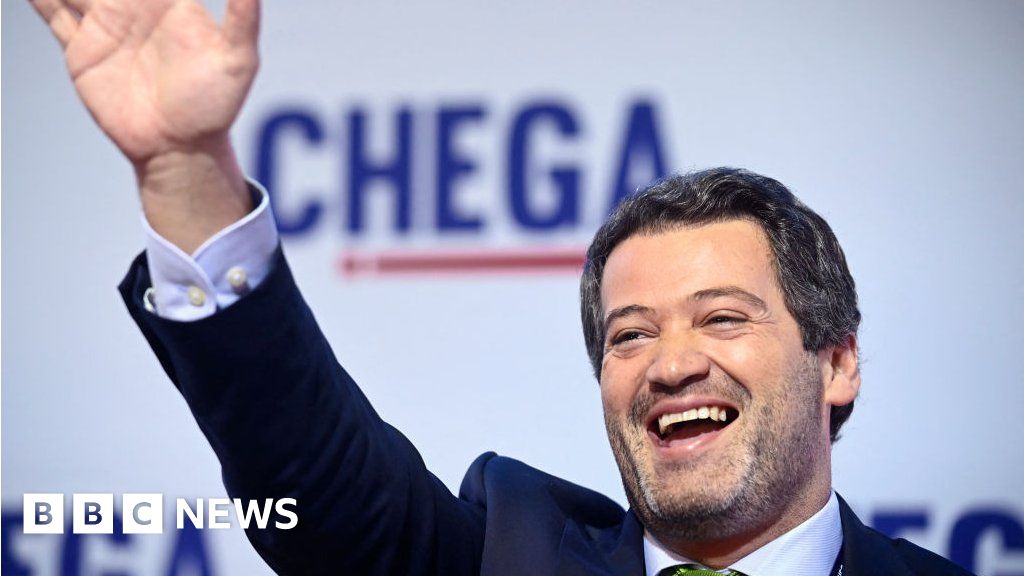
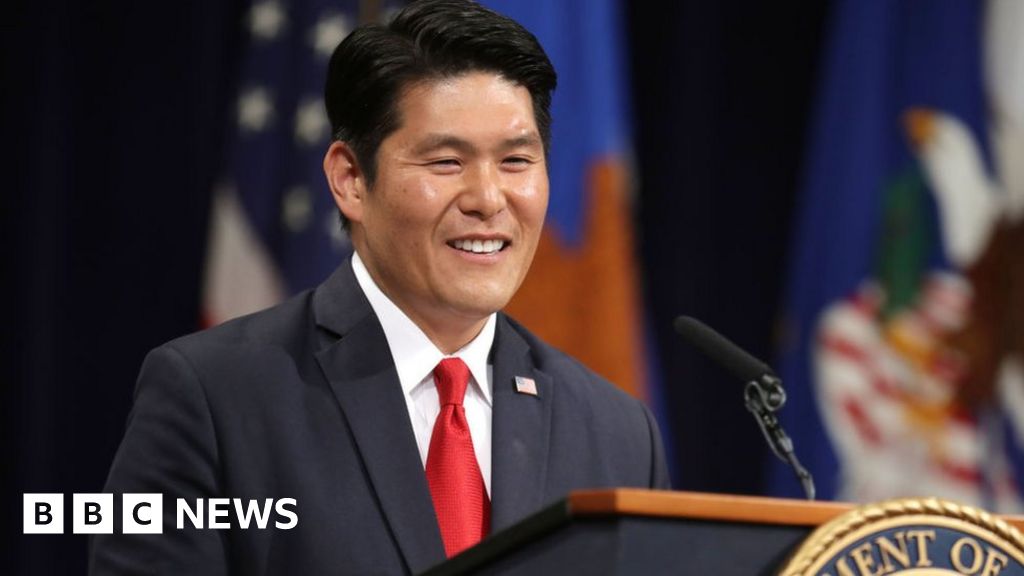
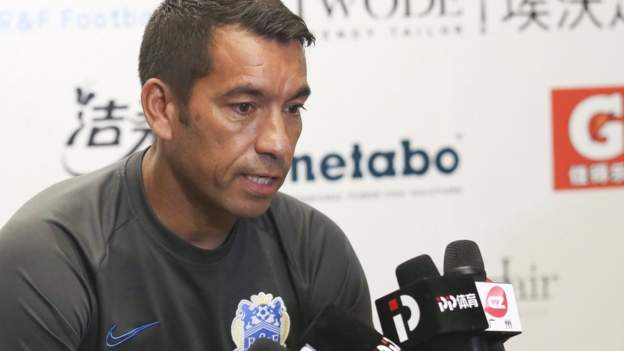


 English (US) ·
English (US) ·